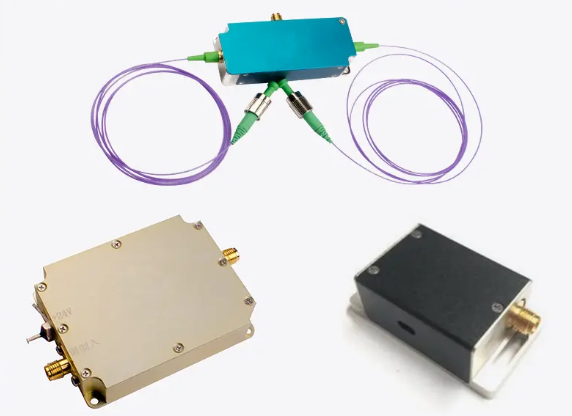What Are Some Safety Considerations When Using Optical Delay Lines?

While ODLs are valuable tools, it's crucial to prioritize safety when working with them due to the potential hazards associated with fiber optics and laser light. Here's a detailed breakdown of key safety considerations:
Eye Safety
l Laser Beam Hazards: ODLs can be used in conjunction with laser sources for applications like LIDAR or optical signal processing. These lasers can emit high-powered light invisible to the naked eye. Direct exposure to such laser beams can cause permanent eye damage or even blindness.
l Safety Precautions: Always follow proper safety precautions when working with ODLs in laser-based systems. This includes wearing appropriate laser safety eyewear with the correct optical density (OD) rating for the specific laser wavelength used. Never look directly into the fiber optic connector or beam path, as even reflected light can be harmful. Ensure proper enclosure and labeling of laser sources to warn personnel of potential hazards.
Fiber Optic Safety
l Proper Handling: Fiber optic cables are delicate and can be easily damaged if not handled properly. Cracks, breaks, or improper connections in the fiber can lead to signal loss or even pose a fire hazard. Always follow recommended handling practices for fiber optic cables, such as avoiding excessive bending or pulling, and using proper cleaning techniques to prevent contamination.
l Flying Glass Shards: In case of accidental breakage of a fiber optic cable, be cautious of flying glass shards. These shards can be very sharp and can cause injury. Wear appropriate personal protective equipment (PPE) like gloves and safety glasses when handling damaged fiber optic cables.
- Art
- Causes
- Crafts
- Dance
- Drinks
- Film
- Fitness
- Food
- Spellen
- Gardening
- Health
- Home
- Literature
- Music
- Networking
- Other
- Party
- Religion
- Shopping
- Sports
- Theater
- Wellness


